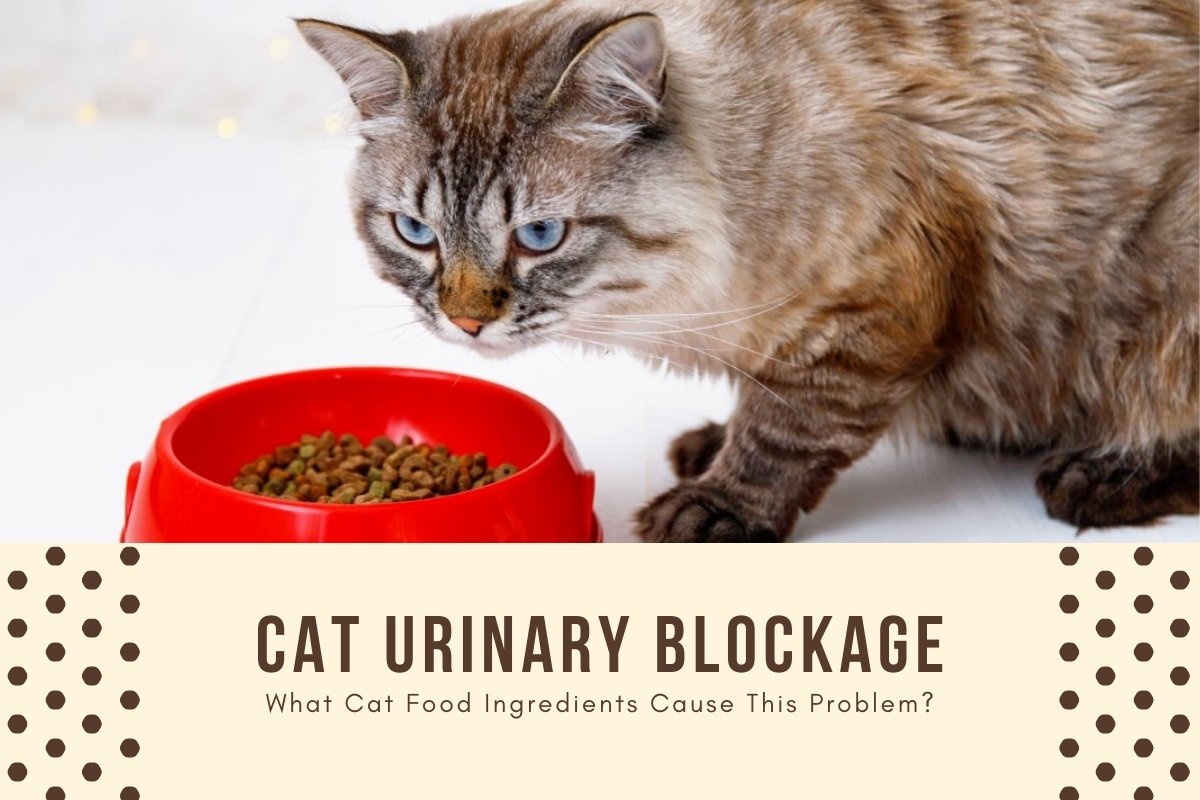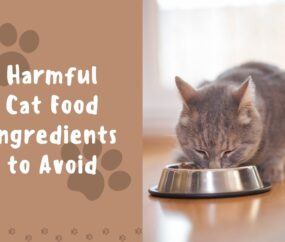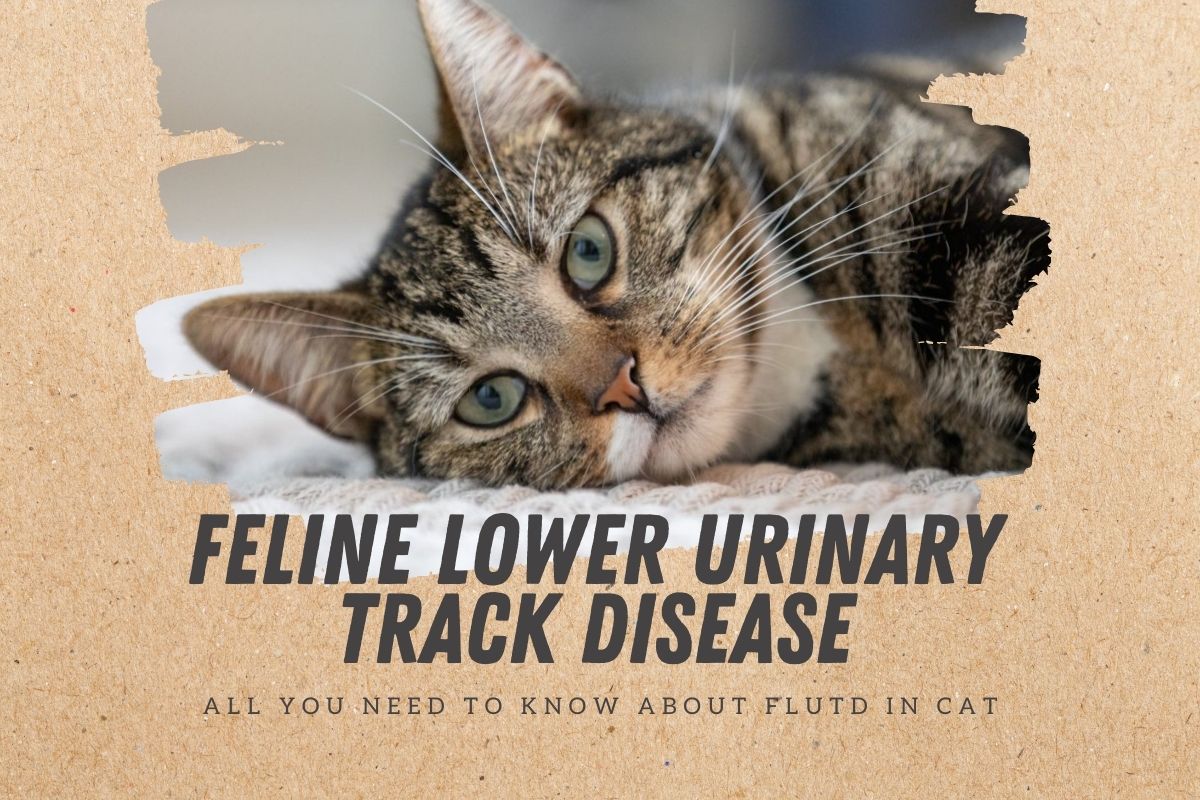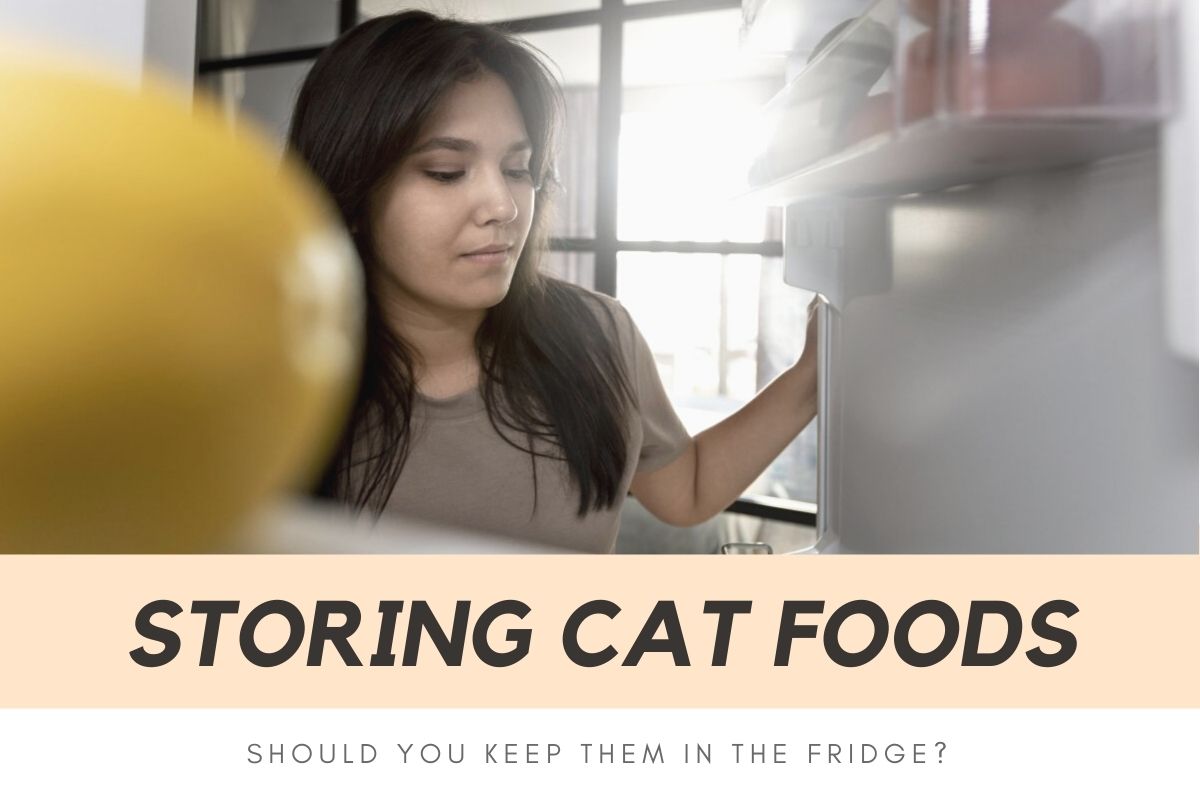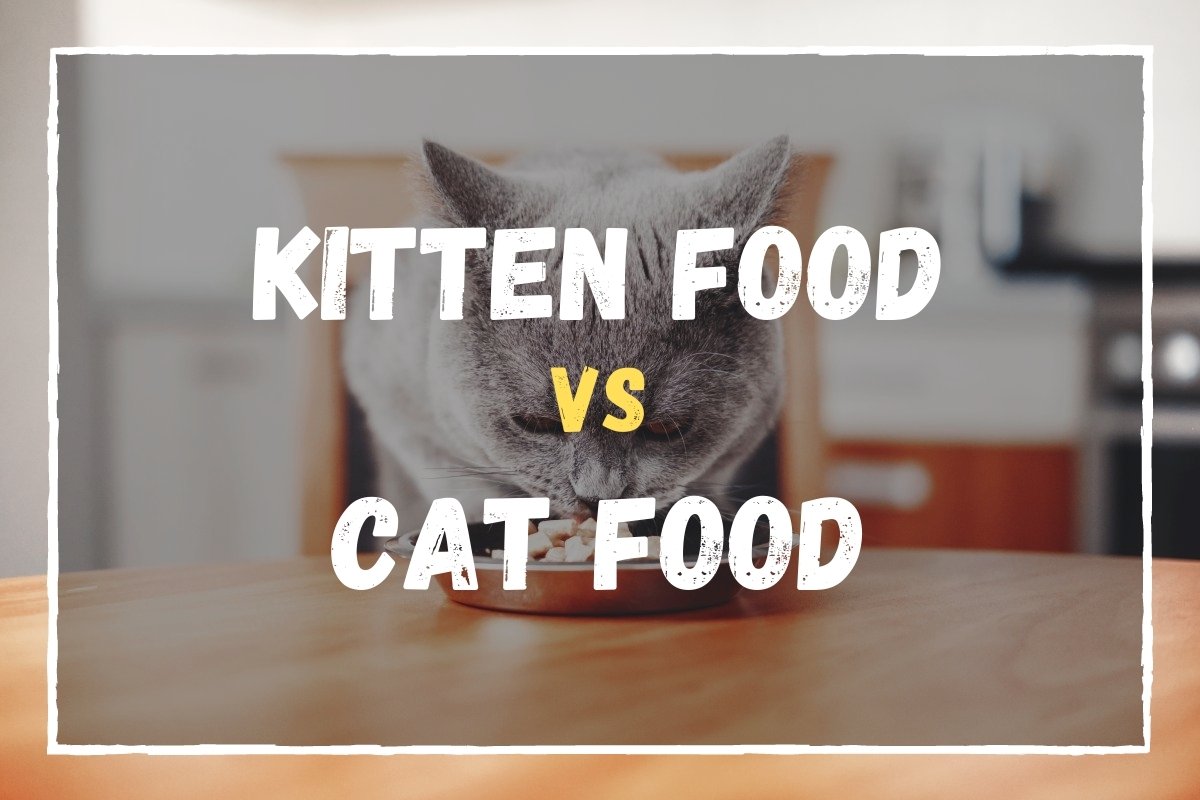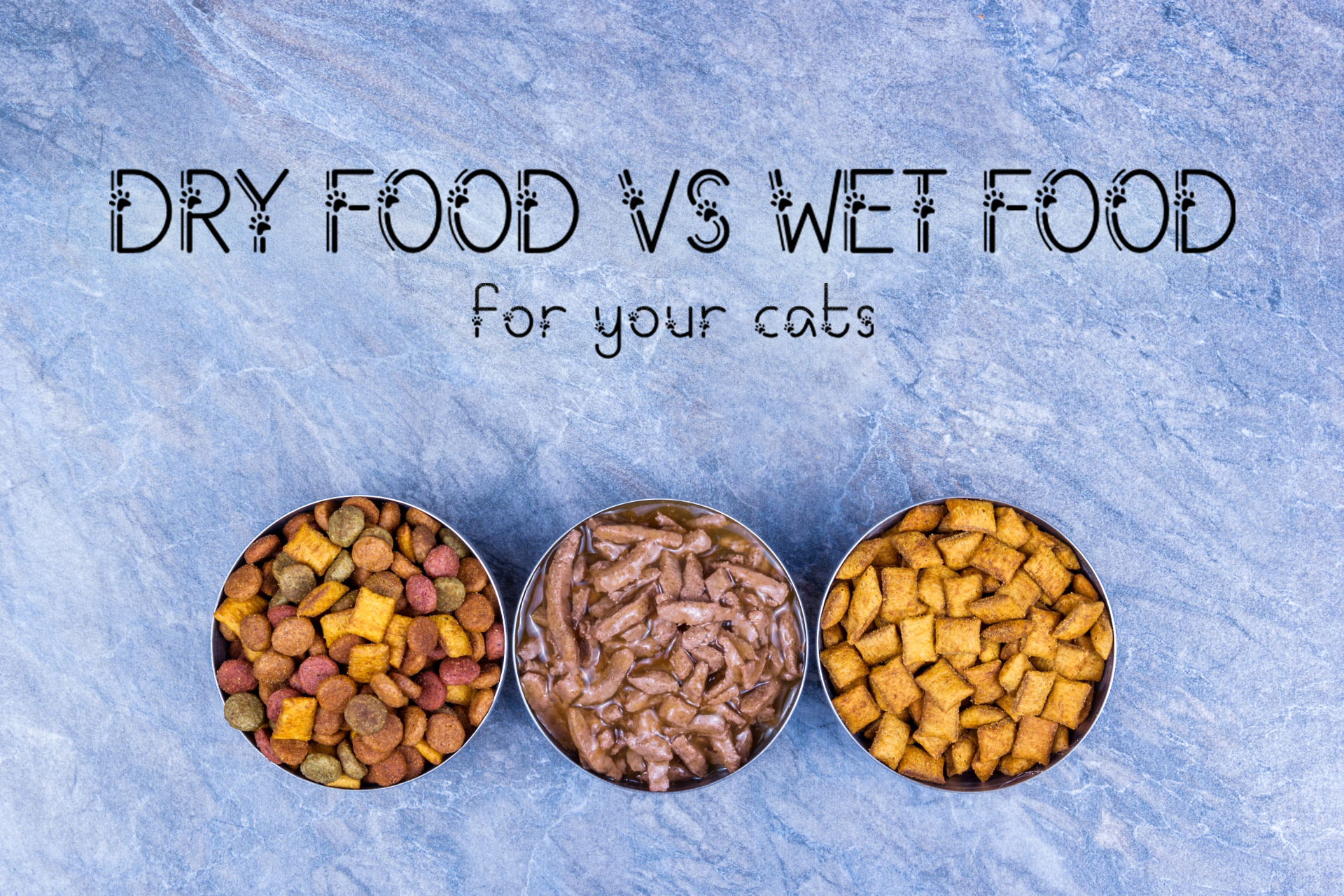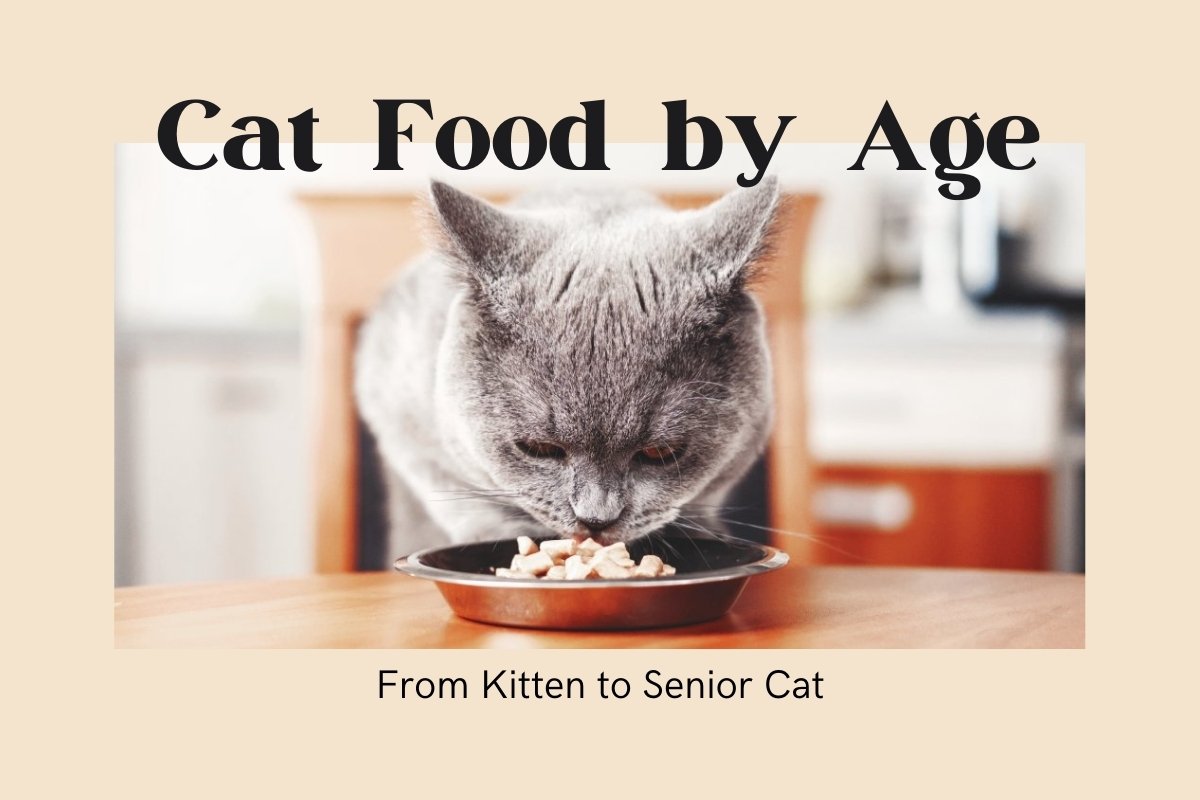Owning a pet cat can be an exhilarating and life-changing experience; however, it also comes with great responsibility. You have to ensure that your cat is completely safe and healthy from all sorts of diseases such as UTI.
One of the most common reasons why diseases such as urinary tract infection spread inside a cat’s body is pet owners’ inability to understand the symptoms shown by their cats. This type of infection in the cat’s body spreads rapidly. It can cause the multiplication of crystal stones in the kidney and bladder, causing cat urinary blockage.
You might be thinking, what causes male cat urinary blockage? To answer your question, infections such as these are mainly caused by ingredients in food which speed up the process of stone formation.
Some common cat urinary tract infection symptoms that may occur, which leads to cat urinary blockage, are frequent use of litter-box, growling or crying while urinating, the release of blood with urine, and constant licking of private areas. Now you know the symptoms but let’s look at how the infection occurs.
Common Nutrients in Cat Food
A cat needs nutrients in different forms to ensure the healthy growth of nails, muscles, skin, fur, and much more. Commonly speaking, cats require a blend of protein, fat, and vitamins and a suitable pH for regular urine.
For protein, cats are usually attracted to meat such as chicken, beef, or fish to have sufficient amino acids in their body. Besides protein, cats also need fats in vegetable oil, which has omega-6 and omega-3 fatty acids crucial for fur and coat.
When it comes to vitamins, cats cannot directly consume tablets; hence, these vitamins are present in cat food. While cat urinary blockage occurs mainly due to bacterial infection in the bladder, chemicals such as magnesium, calcium, and phosphorus found in food act as catalysts to increase the production of stones.

How Does Male Cat Urinary Blockage Occur?
The common bacteria causing cat urinary blockage is Escherichia coli which passes into the bladder and kidney. With the help of magnesium, calcium, and phosphorus, along with minerals found in urine, the build-up of stones begins.
Initial physical stages of cat urinary tract infection symptoms may include frequent urination but passing small urine into the litter-box or outside it. As the bacteria continue to grow inside the bladder, blood is released from the cat’s urine. It is most painful and dangerous at this stage due to cat urinary blockage.
Your cat may start to shout or growl with aggression that progresses every day if not taken to the vet or hospital; that is why you must be extremely cautious when observing these changes.
How Do Veterinarians Perform Urinalysis?
When you take your cat to the vet and explain the symptoms, your ver will first examine your cat’s urine to confirm if your little one actually has cat urinary blockage. Your vet will take a sample of cat urine and measure its pH value, glucose levels, as well as concentration of blood to understand the severity of your cat’s urinary blockage.
Moving to the next stage, the doctor will place the urine in a centrifuge and spin it to separate the cells so that bacteria, stones, white blood cells, and red blood cells accumulate at the bottom for further examination.
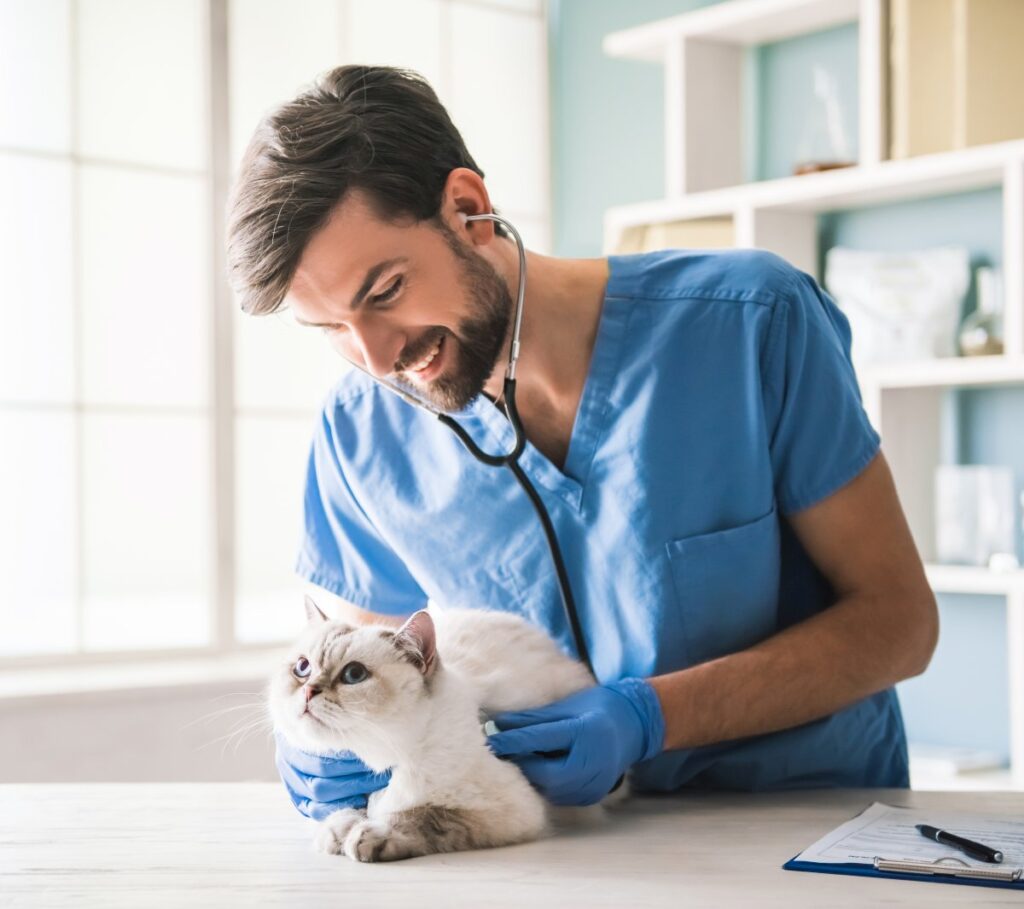
The test is performed to see how well the cells are making amino acids and whether or not your cat needs medication to make up for the loss of red blood cells.
After your vet has finished analyzing the urine’s content and the severity of your cat’s urinary blockage, they will prescribe medicines. They will also request that you start changing your cat’s food with low amounts of calcium and magnesium but more proteins and vitamins.
How to Treat Cat Urinary Blockage?
After your veterinarian has examined and told you about your cat’s urinary blockage severity, you will need to start feeding it high-quality wet canned food. This food contains fewer concentrations of magnesium and other substances which causes the build-up of crystals in the bladder and kidney.
Besides food, you also have to ensure that your cat is properly hydrated so that no other problems arise besides cat urinary blockage. After the second examination of your cat’s urine, your vet may create a special diet formulated to destroy stones and increase urine.
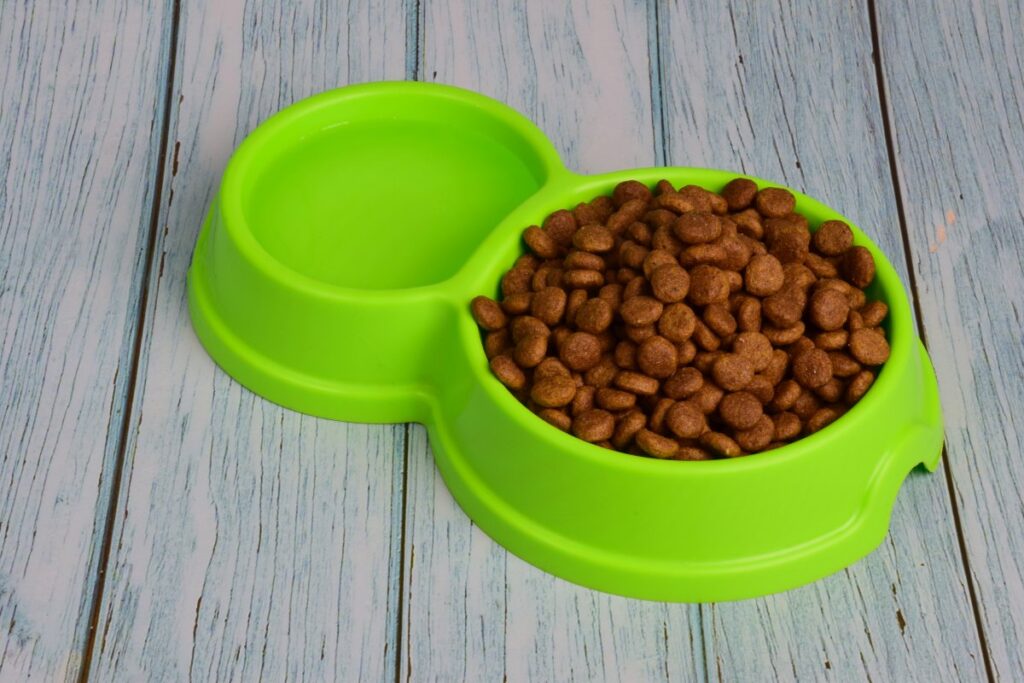
Furthermore, you might also receive a certain medicine prescription to give to your cat, either orally or through injections.
You could give these antibiotic and pain relief medicines by mixing them with your cat’s favorite treat, such as yogurt, peanut butter, store-bought jelly, etc. While doing this, keep in mind to actively read the labels on these store-bought treats to avoid contributing even higher concentrations of chemicals like phosphorus and calcium.
Conclusion
Although it can be pretty challenging and heart-wrenching seeing your little loved one suffer to urinate, make sure you regularly visit your local veterinarian. Visit your vet during the early stages of your cat’s urinary blockage.
You will not only be able to reduce the severity of the infection, but you could also help save your cat from other equally, if not worse, diseases such as diarrhea, organ damage, giardiasis, salmonellosis, etc.

